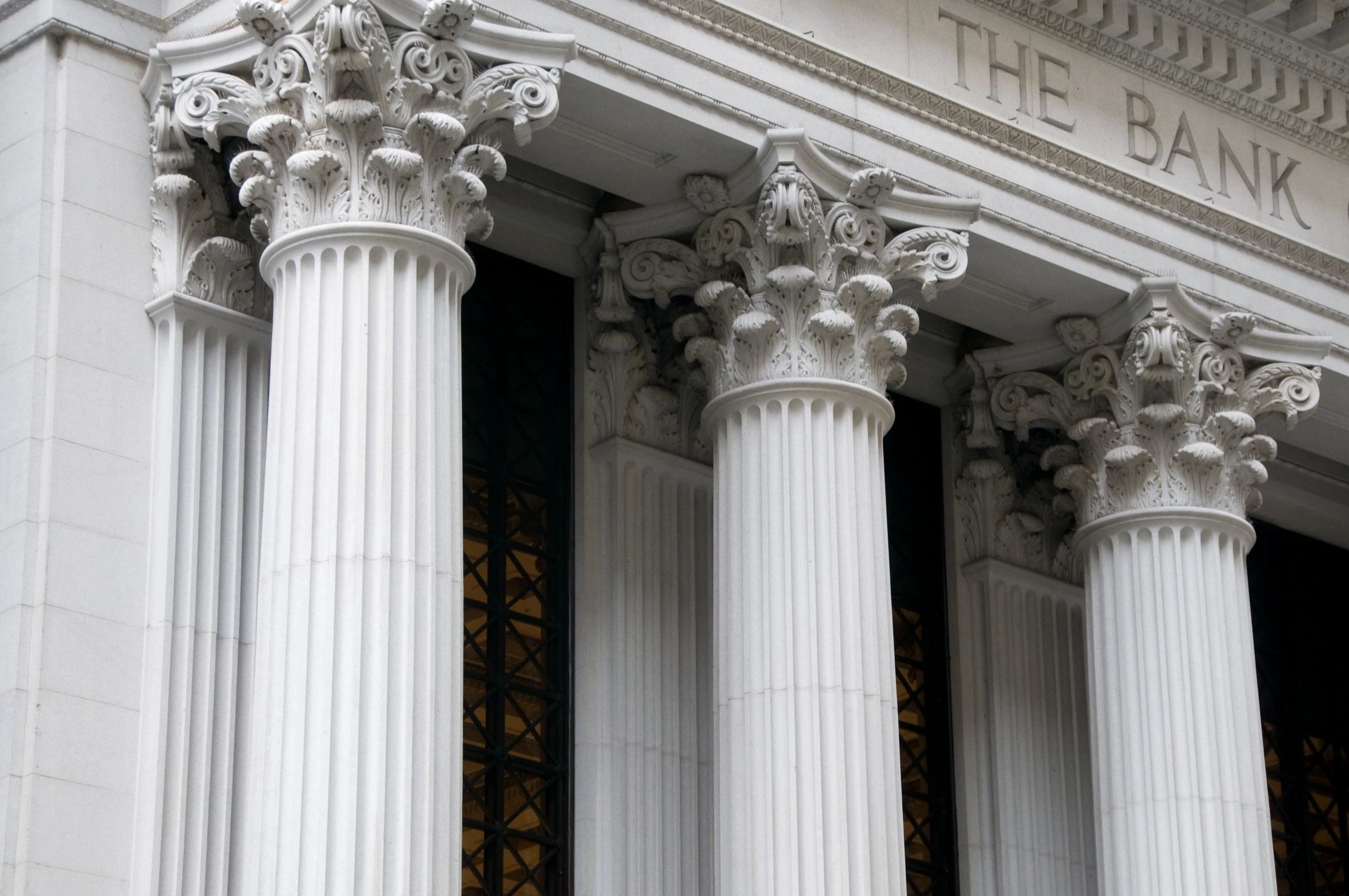“With many central banks still signalling possible further rate hikes, we keep getting asked if there are other ways to combat inflation. The short answer: yes,” said Desjardins Group principal economist Hendrix Vachon.
The recent release of June inflation numbers on July 18 has sparked a heated debate regarding the trajectory of future rate increases. According to the data, the overall consumer price index (CPI) has decelerated to 2.8 per cent year over year, a notable decline from the 8.1 per cent reported last year.
Prominent economist David Rosenberg is among those who firmly assert that the Bank of Canada may have gone too far with rate hikes, and their actions are potentially contributing to the inflationary pressures. He points to the 30-per-cent surge in mortgage costs, as recorded by Statistics Canada in the June CPI, as evidence to support his argument.
On the other hand, various leading bank economists and research firms have indicated that the central bank’s favored inflation indicators, including one that excludes mortgage interest expenses, remain elevated, surpassing the upper limit of the central bank’s three per cent inflation target. This suggests that another rate hike could be on the horizon.
However, Desjardins’ Vachon holds a different perspective, believing that the government can play a role in assisting the Bank of Canada in managing inflation.
High inflation can be attributed to two main factors: increased demand and limited supply. The economist proposed that governments possess the means to address both these drivers effectively.
To curb demand, governments have the option to raise sales taxes. However, such a measure may inadvertently lead to higher prices for consumers. Despite this, Vachon pointed out that inflation is usually assessed excluding taxes.
Therefore, the economist suggested that governments could implement right-to-repair legislation to combat overconsumption and also tackle the issue of “planned obsolescence” in consumer products, which contributes to excessive waste and consumption. By doing so, they can effectively manage demand and alleviate inflationary pressures.
“The Fed and other central banks would probably have an easier time if governments opted for policies that would curb demand,” Vachon wrote.
Governments could explore ways to enhance competition and decrease business expenses.
Vachon also included reducing government spending as a beneficial strategy to curb demand during inflationary periods, but he observed that governments did not implement this approach. Earlier in the year, several economists argued that substantial government spending played a role in thwarting the Bank of Canada’s efforts to control inflation.
TD Economics mentioned in a previous note, ahead of the April 2023 federal budget, that inflation relief programs at the provincial level, like the one in Quebec, and government subsidies, such as those for daycare, worked counter to the Bank of Canada’s attempts to dampen demand.
central banks acted swiftly to adjust interest rate policies, aiding economies in their survival, as noted by Vachon from Desjardins. However, governments have not reciprocated as promptly. Many countries continue to maintain high levels of government spending even in the post-pandemic period. For instance, in its 2023 federal budget, Ottawa introduced an additional $43 billion of net new spending.
As for measures to influence supply, the Desjardins economist explained that these are more long-term proposals, and their effects may take quarters or even years to materialize. Such measures could involve increasing the number and size of businesses, adopting new technologies or production methods, boosting housing availability, upgrading infrastructure, and enhancing worker training programs.
Governments could also implement measures to prevent supply shocks, a phenomenon that the pandemic highlighted vividly.



